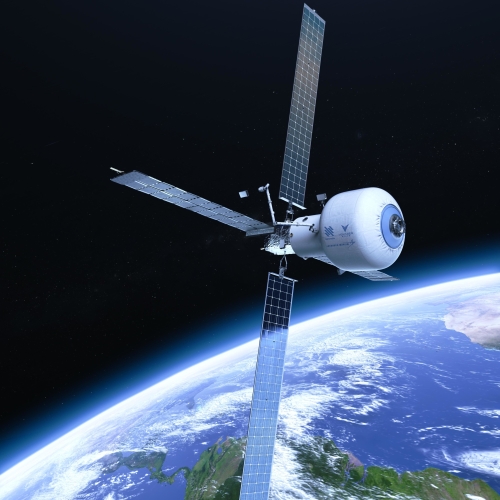SpaceX now targeting February 28, 2025 for 8th Starship/Superheavy test orbital flight

Superheavy captured for the second time,
on January 16, 2025
SpaceX today announced it will attempt the eighth Starship/Superheavy test orbital flight this coming Friday, February 28, 2025, with a launch window beginning at 5 pm (Central). From the company’s website update:
The upcoming flight will target objectives not reached on the previous test, including Starship’s first payload deployment and multiple reentry experiments geared towards returning the upper stage to the launch site for catch. The flight also includes the launch, return, and catch of the Super Heavy booster.
The company also published today a detailed report on its investigation into the loss of Starship soon after stage separation in the 7th test flight.
» Read more

Superheavy captured for the second time,
on January 16, 2025
SpaceX today announced it will attempt the eighth Starship/Superheavy test orbital flight this coming Friday, February 28, 2025, with a launch window beginning at 5 pm (Central). From the company’s website update:
The upcoming flight will target objectives not reached on the previous test, including Starship’s first payload deployment and multiple reentry experiments geared towards returning the upper stage to the launch site for catch. The flight also includes the launch, return, and catch of the Super Heavy booster.
The company also published today a detailed report on its investigation into the loss of Starship soon after stage separation in the 7th test flight.
» Read more







